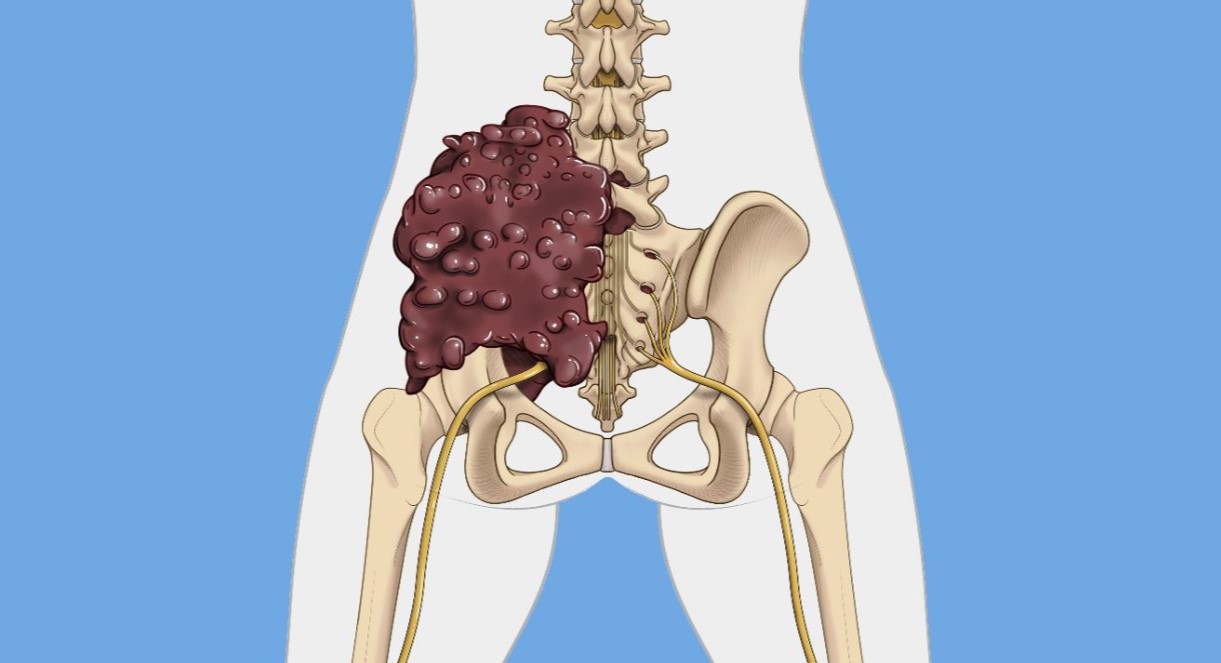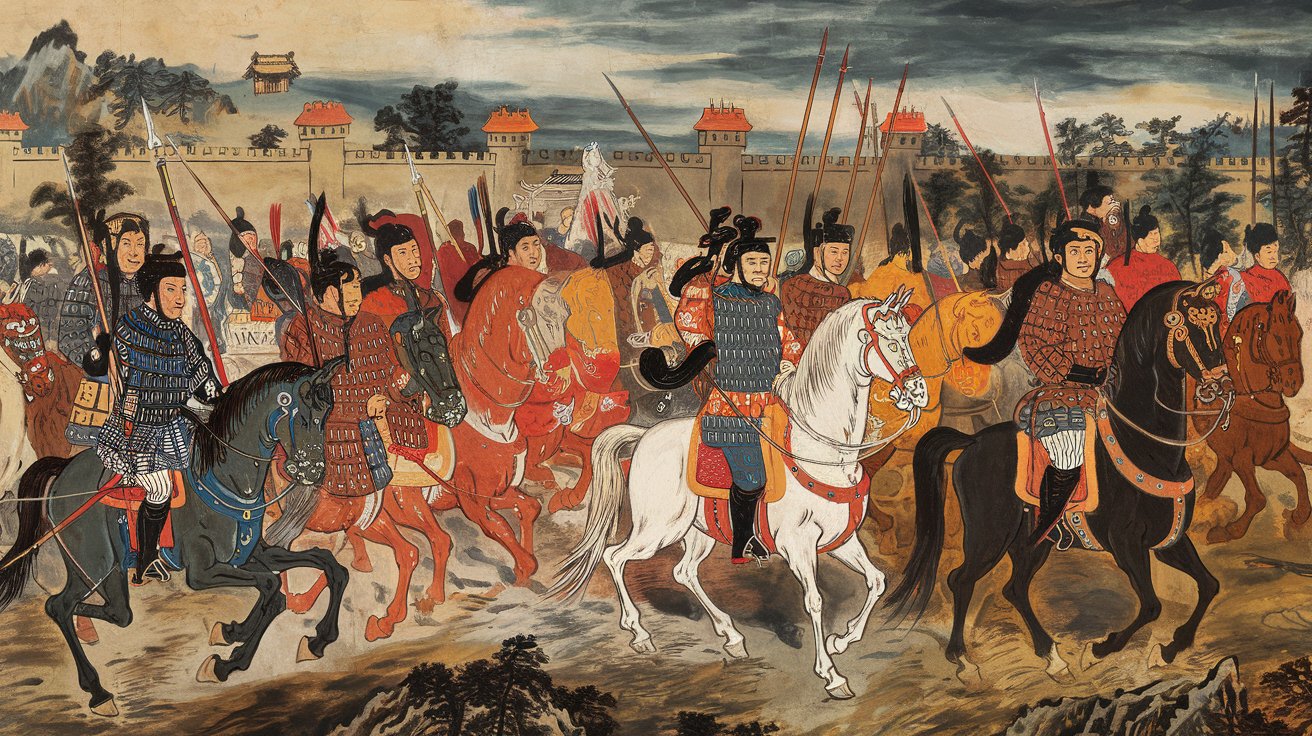
What is Chondrosarcoma? Chondrosarcoma is a rare, malignant bone tumor that originates from cartilage-producing cells. It accounts for 20-30% of all skeletal sarcomas, making it the second most common type after osteosarcoma. Typically affecting individuals over 40, this cancer often manifests in the pelvis, hip, and shoulder. Symptoms include persistent pain, swelling, and sometimes a noticeable lump. Diagnosing chondrosarcoma involves imaging tests like CT or MRI scans, followed by a biopsy to confirm the presence of malignant cartilage cells. Treatment primarily involves surgery, as chemotherapy and radiotherapy are generally ineffective. Prognosis varies based on tumor grade, size, and metastasis.
Key Takeaways:
- Chondrosarcoma is a rare bone cancer that primarily affects adults, with symptoms like swelling and persistent pain. Early detection and accurate diagnosis are crucial for effective treatment.
- Understanding the different types of chondrosarcoma, treatment options, and prognosis can help improve outcomes for patients. Regular check-ups and multidisciplinary care are essential for managing this rare cancer.
What is Chondrosarcoma?
Chondrosarcoma is a rare type of bone cancer that originates in cartilage cells. It primarily affects adults and can be quite aggressive. Let's dive into some key facts about this disease.
-
Definition and Origin: Chondrosarcoma develops in cartilage-producing cells, the flexible tissue that cushions joints.
-
Incidence: This cancer is rare, affecting about one in 1,000,000 people.
-
Age and Demographics: Most commonly affects individuals over 40, particularly those in their 50s to 70s.
Symptoms and Common Locations
Understanding the symptoms and where chondrosarcoma typically occurs can help in early detection.
-
Symptoms: Common symptoms include swelling, persistent pain, and a noticeable lump on the bone.
-
Common Locations: Frequently found in the pelvis, hip, and shoulder, but can also affect the base of the skull.
Types of Chondrosarcoma
There are several subtypes of chondrosarcoma, each with unique characteristics and risks.
-
Conventional Chondrosarcoma: The most common type, usually presenting in adults with a lower risk of metastasis if fully removed.
-
Clear Cell Chondrosarcoma: Less common, affects younger individuals, and has a higher risk of spreading.
-
Myxoid Chondrosarcoma: Known for its aggressive behavior and higher metastasis risk, often seen in younger adults.
-
Mesenchymal Chondrosarcoma: Rare and aggressive, typically affecting younger people with a high risk of metastasis.
-
Dedifferentiated Chondrosarcoma: A high-grade subtype arising from pre-existing chondrosarcoma, known for its poor prognosis.
Diagnosis and Biopsy
Accurate diagnosis is crucial for effective treatment. Here's how doctors identify chondrosarcoma.
-
Diagnosis: Begins with imaging tests like CT or MRI scans to assess the tumor's size and location.
-
Biopsy Procedure: A needle extracts a tissue sample from the tumor, which is then examined under a microscope.
-
Histological Classification: Tumors are graded from low (ACT/CS I) to high (ACT/CS III), influencing prognosis and treatment plans.
Treatment Options
Treatment primarily involves surgery, but the approach can vary based on the tumor's specifics.
-
Primary Treatment: Surgery is the main treatment, with the type depending on the tumor's size and location.
-
Surgical Approaches: Options include wide en bloc excision, marginal resection, and intralesional curettage.
-
Chemotherapy and Radiotherapy: Generally ineffective for most types, but may be used if the cancer has spread.
Prognosis and Survival Rates
The outlook for chondrosarcoma patients varies widely based on several factors.
-
Prognosis: Depends on tumor size, location, and whether it has metastasized. The average 5-year survival rate is around 50%.
-
Survival Rate: A 5-year survival rate of 50% means half of the diagnosed individuals are still alive five years later.
-
Curability: Not always curable, especially if metastasized, but complete removal improves prognosis.
Risk Factors and Genetic Influences
Several factors can increase the risk of developing chondrosarcoma.
-
Risk Factors: Include genetic mutations, chromosomal abnormalities, and benign cartilage tumors like osteochondroma and enchondroma.
-
Genetic Factors: Inherited genetic mutations can significantly increase the risk.
-
Chromosomal Abnormalities: Breaks and rearrangements in chromosomes can lead to uncontrolled cell growth.
-
Benign Tumors: Conditions like osteochondroma and enchondroma can sometimes turn malignant.
Duration and Imaging
Early detection is key, but symptoms can persist for a long time before diagnosis.
-
Symptom Duration: Symptoms can last for months or even years, making early detection crucial.
-
Imaging Tests: CT and MRI scans are essential for diagnosing and assessing the tumor.
-
Biopsy Confirmation: A biopsy is necessary to confirm the diagnosis by examining the tissue sample.
Multidisciplinary Care and Follow-Up
Effective management of chondrosarcoma often requires a team approach and regular monitoring.
-
Multidisciplinary Care: Involves orthopedic surgeons, pathologists, radiologists, and oncologists for comprehensive treatment.
-
Follow-Up Studies: Regular check-ups are essential to detect any recurrence or metastasis early.
Prognostic Factors and Treatment Challenges
Several factors influence the prognosis and present challenges in treatment.
-
Prognostic Factors: Include the tumor's grade, size, location, and metastasis status.
-
Treatment Challenges: Tumor location and lack of effective chemotherapy and radiotherapy options complicate treatment.
Emerging Treatments and Research
New treatments and ongoing research offer hope for better management of chondrosarcoma.
-
Emerging Treatments: Include targeted therapies and immunotherapies aimed at specific molecular pathways.
-
Research Areas: Focus on understanding tumor growth mechanisms and developing effective treatments.
-
Stem and Progenitor Cells: Play a crucial role in tumor development and progression.
-
Hypoxia and Angiogenesis: Critical factors in tumor growth and metastasis, offering potential therapeutic targets.
Local Invasion and Metastasis
Understanding how chondrosarcoma spreads can help in developing better treatments.
-
Local Invasion and Metastasis: Significant concerns that require a deep understanding of underlying mechanisms.
-
Primary Cilia: Involved in chondrogenesis and cartilage maintenance, abnormalities may contribute to chondrosarcoma.
Risk Factors for Survival and Local Control
Several factors influence survival rates and the ability to control the tumor locally.
-
Risk Factors for Survival: Include tumor grade, size, and metastasis status.
-
Risk Factors for Local Control: Higher-grade and larger tumors are more challenging to control.
Chondrosarcoma in Children and Adolescents
Though rare, chondrosarcoma can present differently in younger individuals.
- Chondrosarcoma in Children and Adolescents: Rare but can have different biological behavior and outcomes compared to adults.
Case Reports and Specific Locations
Case reports provide valuable insights, and certain locations pose unique challenges.
-
Case Reports: Offer unique insights into clinical presentation and management.
-
Chondrosarcoma of the Pelvis: Common location with challenging surgical management due to complex anatomy.
-
Chondrosarcoma of the Radius: Rare but can present significant symptoms requiring surgical intervention.
Cartilage Maintenance and Stem Cells
Understanding cartilage maintenance and the role of stem cells can offer new therapeutic targets.
-
Cartilage Maintenance: Crucial for preventing chondrosarcoma, understanding its degeneration can provide insights.
-
Chondrosarcoma and Stem Cells: Significant role in tumor development, targeting these pathways could offer new treatments.
Hypoxia, Angiogenesis, and Local Invasion
These factors contribute to tumor growth and spread, offering potential therapeutic targets.
-
Chondrosarcoma and Hypoxia: Critical factor in tumor growth and metastasis, targeting hypoxia-related pathways could improve outcomes.
-
Chondrosarcoma and Angiogenesis: Essential for tumor growth, inhibiting angiogenesis could be a potential treatment approach.
-
Chondrosarcoma and Local Invasion: Understanding mechanisms behind local invasion can help develop effective treatments.
Metastasis and Research Goals
Preventing metastasis is crucial for improving patient outcomes.
-
Chondrosarcoma and Metastasis: Identifying biomarkers and developing strategies to prevent metastasis are key research goals.
-
Research Goals: Focus on understanding tumor growth, identifying new biomarkers, and developing effective treatments.
-
Improving Outcomes: By focusing on emerging treatments, understanding risk factors, and improving diagnostic techniques, better management of chondrosarcoma is possible.
Key Takeaways on Chondrosarcoma
Chondrosarcoma is a rare but serious bone cancer originating from cartilage-producing cells. It mostly affects adults over 40, with common symptoms like swelling, pain, and lumps. The pelvis, hip, and shoulder are frequent sites for these tumors. Diagnosis involves imaging tests and a biopsy to confirm the presence of malignant cartilage cells. Surgery is the primary treatment, though chemotherapy and radiotherapy are less effective. Prognosis varies based on tumor grade, size, and metastasis, with a 5-year survival rate around 50%. Genetic factors, chromosomal abnormalities, and benign cartilage tumors can increase risk. Emerging treatments and research focus on targeted therapies and understanding tumor growth mechanisms. Regular follow-ups and multidisciplinary care are crucial for managing this complex disease. Understanding these aspects can help in early detection and better treatment outcomes.
Frequently Asked Questions
Was this page helpful?
Our commitment to delivering trustworthy and engaging content is at the heart of what we do. Each fact on our site is contributed by real users like you, bringing a wealth of diverse insights and information. To ensure the highest standards of accuracy and reliability, our dedicated editors meticulously review each submission. This process guarantees that the facts we share are not only fascinating but also credible. Trust in our commitment to quality and authenticity as you explore and learn with us.


